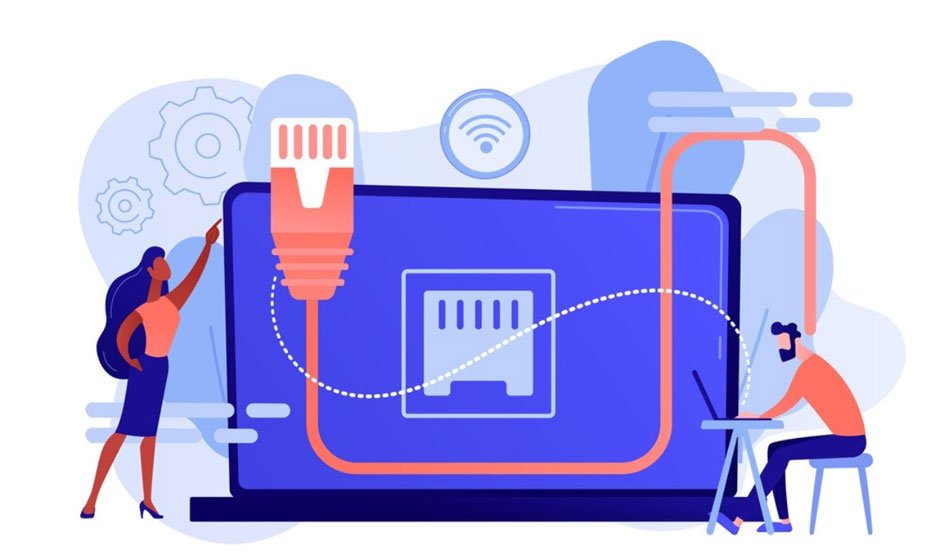Network Cabling Installation Best Practices: A Comprehensive Approach

A structured cabling installation plays a vital role in any modern network infrastructure. It provides the foundation for the transmission of data, voice, and video signals in the whole business organization. A proper installation is also important to ensure businesses get reliable connectivity and efficient communication. Overall, understanding the best practices is important to reduce downtime, cable management, and troubleshooting issues.
In this digital era, click, swipe, and tap rely on seamless data transmission. Join us as we live into insights into network cabling installation best practices that ensure peak performance and reliability that stand the test of time.
Planning for Success
Before you lay the first cable, build a complete roadmap to success, and effective planning will set the stage for smooth network cabling installation. Planning is the key to any successful network cabling installation project. It contains a complete analysis of current and future requirements that consider building layout, equipment placement, and anticipated growth.
Creating a detailed plan when starting can give a thorough understanding that leads to avoiding costly delays and ensuring that your network infrastructure meets your organization’s requirements for years to come. Moreover, by following regulations and guidelines set by organizations such as the Telecommunications Industry Association and the International Organization for Standardization, organizations can ensure their network cabling installation meets the highest standards of quality and reliability.
Choosing the Right Cable
Know the art of choosing the right cable in the vast sea of options. The type of cable you select can have a major impact on the performance as well as the durability of your network. From various options available, twisted pairs to fiber optic categories can be daunting.
Businesses and institutes should understand successful installation begins long before setting up the first cable.
Make a plan before starting on cable installation and know your requirements for choosing the right cable. It is recommended to avoid cable bending as well as stretching as it can lead to cable damage and connection loss. Labeling on cable before installation is equally important to simplify your maintenance activities and enable you to identify cables and their endpoints.
Every Twist and Turn Matters
Placement plays an important role, in installation every inch counts. Whether you’re installing cables in a server room or office space, strategic planning and precise placement are key. Additionally, by carefully routing cables away from sources of electromagnetic interference and minimizing cable bends and twists as possible, you can ensure optimal signal integrity and reliability. You have to understand that attention to detail is crucial when it comes to cable routing.
Every twist and turn in the cable path can affect signal quality and network performance. Installing cable routes according to plan minimizes the chances of errors and builds infrastructure like oiled machines that can offer strong performance at every corner of the organization.
Testing, Testing, Testing
Testing is an important activity in the cable installation process. Proper testing is essential for verifying the ability and performance of your network cabling installation. From cable continuity testing to signal force testing, thorough testing ensures that each cable meets the required specifications and standards.
Do not leave the fate of your network to chance, dive into the world of testing strategies and identify the tools that guarantee smooth performance. By conducting tough testing before finalizing your network, you can identify and address any issues before they impact performance.
Conclusion
These practices allow organizations to lay the foundation for a network that delivers unmatched performance. Adopts more forward-thinking approaches to set up effective and secure installations according to the way of future innovation. Additionally, watch how your infrastructure transforms by following these practices in a connective digital environment.
Here’s more, by forecasting future needs and trends, organizations should design and implement a network infrastructure that can adapt and evolve as the organization grows. It is recommended to invest in high-quality cables from reputable manufacturers so you can ensure the network operates smoothly and quickly under any condition.



